- Joined
- Jun 30, 2024
- Messages
- 1,164
- Likes
- 2,207
Follow along with the video below to see how to install our site as a web app on your home screen.
Note: This feature may not be available in some browsers.
If India has the tech to make a working Kaveri and bypasses its worst red tape, perhaps the second batch of Mk1A could be built with an Indian engine. It does need India to make it happen, though.I feel like all the technology needed to make a perfected kaveri has been achieved.
Now all they need is some funding to fabricate and test a scaled up kaveri with bi-pass ratio of .3-.4 .
Since kaveri is a flat rated engine designed for indian environmental conditions this hypothetical engine will most likely be sufficient for mk1a and mk2.
Lets hope for the best and hope that mudi ji also take over engine project under PMO.
Certification takes a lot of time, may be the last squadron from the second batch, not the entire second batchIf India has the tech to make a working Kaveri and bypasses its worst red tape, perhaps the second batch of Mk1A could be built with an Indian engine. It does need India to make it happen, though.
Source ?Drdo roadmap on isothermal forging.
View attachment 1595
Certification takes a lot of time, may be the last squadron from the second batch, not the entire second batch
If you spent $50 billion or whatever over the years developing a technology, would you sell it to a potential future competitor for a few billion? I often hear the complaint that foreign OEM's 'refuse' to part with their IP.I strongly believe that India is on the verge of finally cracking jet engine technology through the Kaveri programme, and when that happens we can proudly say that India is truly Atmanirbhar in aerospace technology. If we think that someone will just hand over jet engine tech to us for a few billion dollars then we are fooling ourselves.
Kaveri needs more funding and I think the Kaveri program till date has not recieved even 1 billion dollars in funds. This is the problem with Indian mentality: We expect to get F-35 style tech for the prize of a Cold-War Era MiG-21. Come on! We are there! I know we are! A little more push and we will get there.
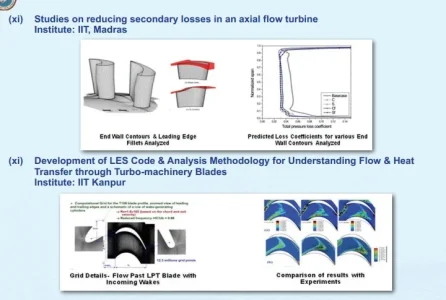


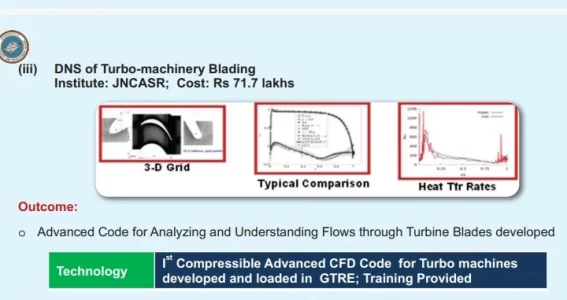
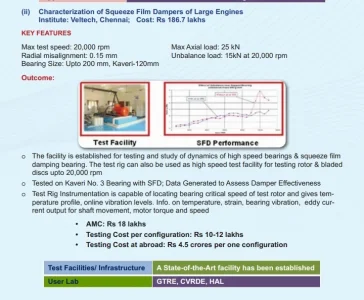
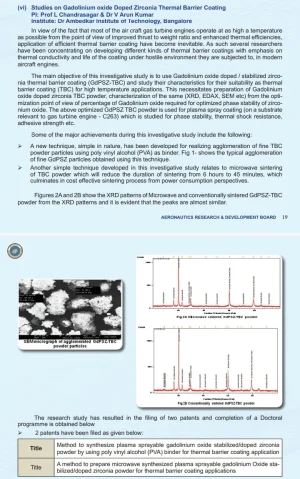
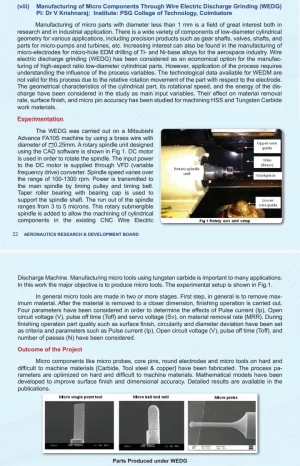
'The Indian Government refused a proposal made by Rolls-Royce to finance further development of the Orpheus, which had been specifically aimed at producing a more suitable engine for the Marut.

